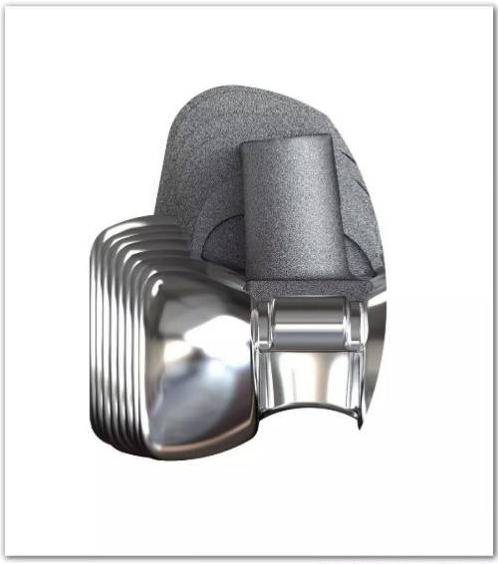Revision knee: Osteotomy sequence
 Feb. 04, 2020
Feb. 04, 2020
Revision knee: Osteotomy sequence
One of the principles of revision TKA is to preserve as much bone stock as possible, as a considerable amount of bone had been removed in primary procedure.
Most surgeons prefer to prepare the tibial plateau first, which can affect the joint gap in both flexion and extension.
The cut level on distal femur adjusts the extension gap, whereas, the cut level on posterior femur adjusts the flexion gap.
In revision TKA, the Transepicondylar Axis(TEA) is the best reference for determining the rotation of femoral prosthesis, as the patellofemoral articular surface (anterior condyle) and posterior condyle have been removed in primary procedure, Whiteside's line, also known as the anteroposterior axis (APA) and Posterior Condylar Axis have lost their significance in determining the rotation of femoral component. Excessive bone should not be removed from the medial femoral anterior condyle and the posterior femoral lateral condyle (Fig.1) in revision procedure, as the primary prosthesis locates in medial position corresponding to the Transepicondylar Axis (TEA), and chamfer cut should be completed at last.
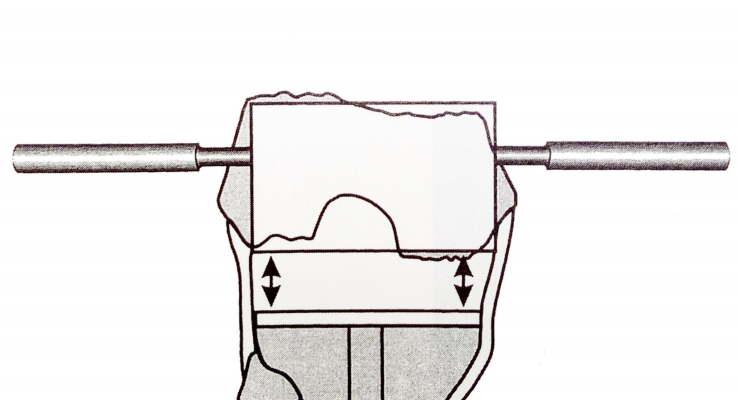
JUST Product solutions-High flexion hybrid TKA system:
5 degrees valgus designo
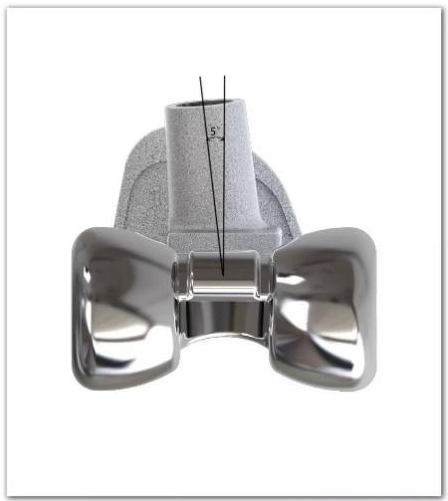
Optimized design of patellar articular surface
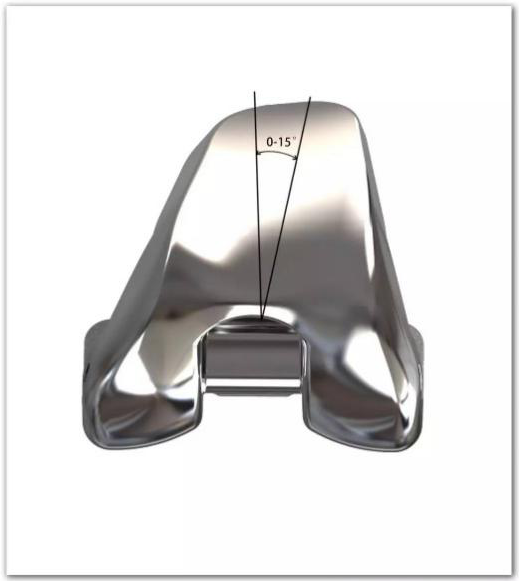
Maximum bone preservation
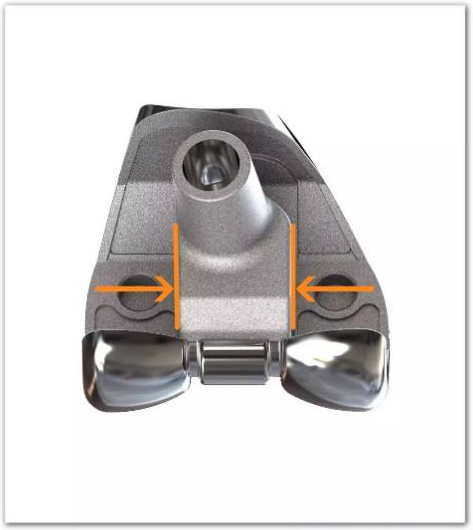
Stable Condylar Restriction
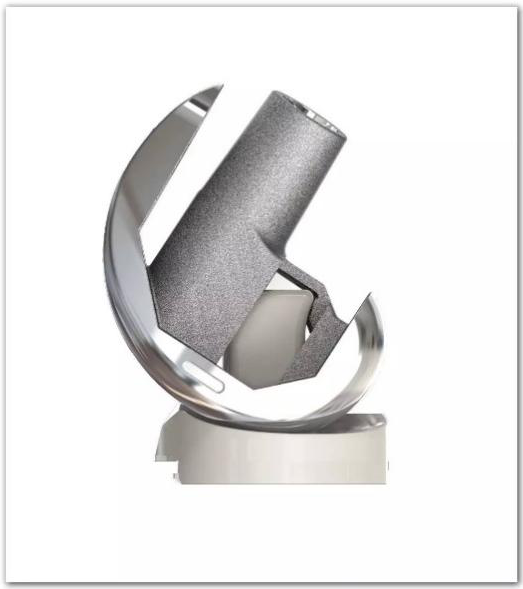
Proportionally enlarged posterior condyle for maximize contact area
